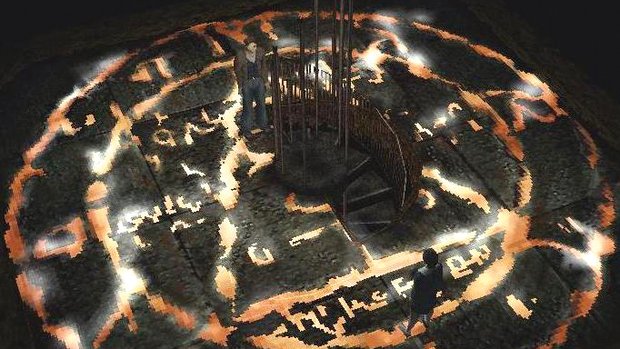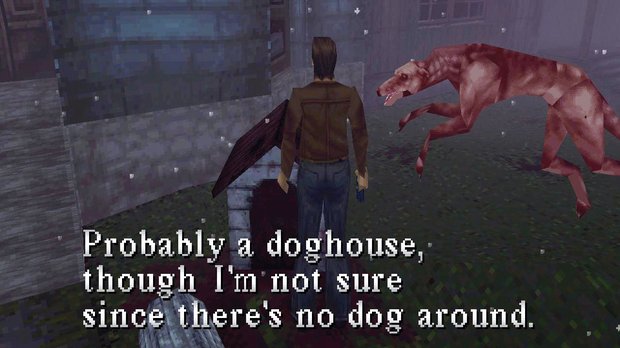Return to Silent Hill - a look back at the original game
With Hideo Kojima and Guillermo del Toro's Silent Hills project being officially cancelled, it feels only right to look back at the original Silent Hill and what made the series so great...
Nobody in Konami’s horror ever solved their problems by punching out a caravan-sized boulder. That might seem like an unnecessary disclaimer, but it’s the baseline difference between Silent Hill and Resident Evil. For all its fraught ammo shortages and treacly manoeuvrability, in Resi you were always in the shoes of someone well-trained and fully up for some aggro. In Silent Hill… well, you were always a bit screwed.
“There are violent and disturbing images in this game.” It’d barely raise an eyebrow today, but 15 years ago we were still getting used to the fact that consoles could produce this stuff: images and experiences realistic enough to leave you too jittery to brave the toilet at night without switching every light on and brandishing a coat hanger.

Silent Hill’s demonic psychodrama was woven from dozens of influences (mostly Western – even the streets were named after American horror and thriller authors) by the patchwork posse of Team Silent deep within Konami’s Tokyo development division. With higher-up corporate concerns scratched out by a giddy E3 1998 debut, they went hunting for horror fans still on a high from surviving Resi 2’s Raccoon City.
Even within that subset, Silent Hill would soon filter out the faint of heart. It also traumatised a decent chunk of the unsuspecting PAL audience who got a demo disc bundled with Metal Gear Solid.

The original game alone had a lot of plot to get through. Its town’s depraved cultist heritage, the shabby chic rust-and-torture motif of the Otherworld, and themes of guilt and delusion that would echo down through the series.
It all began in a wrecked car with the disappearance of Harry Mason’s young daughter and the alert level soaring from ‘spooky’ to ‘irreparable scarring’ on the titular town’s subconscious-manifesting streets. Upping the stakes were those early survival horror tank controls unleashed upon a 3D world, and the fact that Harry stumbled through the fog as if some fun-loving local had filled his socks with cement.
Weekly digests, tales from the communities you love, and more
There were brain-straining puzzles, of course, and frantic run-ins with the bundles of malice staggering from alleys and corridors with only radio static as advance warning, making you scream like a 1980s Doctor Who companion. Bonnie Langford, most likely. Atmosphere was the grisly glue holding everything together: the sound design, lighting and pacing were all harnessed to ratchet up the tension until your nerves were fit to snap. It was glorious.

Five years and three sequels later, Konami disbanded Team Silent and lined up Western studios to take a shot at the series. It was a gamble that never really paid off, though it did keep Silent Hill in the limelight as almost every other survival horror series freaked out and faceplanted in the dark.
While latter-day Resident Evil and Dead Space laid their bets on all-out action horror, the depth of Silent Hill’s frayed-edge psychological fear has kept a dedicated community digging through the lore. And now their time has come again. The intensity of recent indie frighteners is bleeding back into the triple-A world with The Evil Within and surprise high-profile talent-fest Silent Hills.
Judging by reactions to the out-of-the-blue PT, it looks like we’re all set for a rebirth of the debilitating dread that Konami once championed. Deep enough to cause skinless hellhounds to skitter back to their kennels and lurching murder-nurses to break out in a stress rash? We can only hope.
Click here for more excellent GamesMaster articles. Or maybe you want to take advantage of some great offers on magazine subscriptions? You can find them here.



